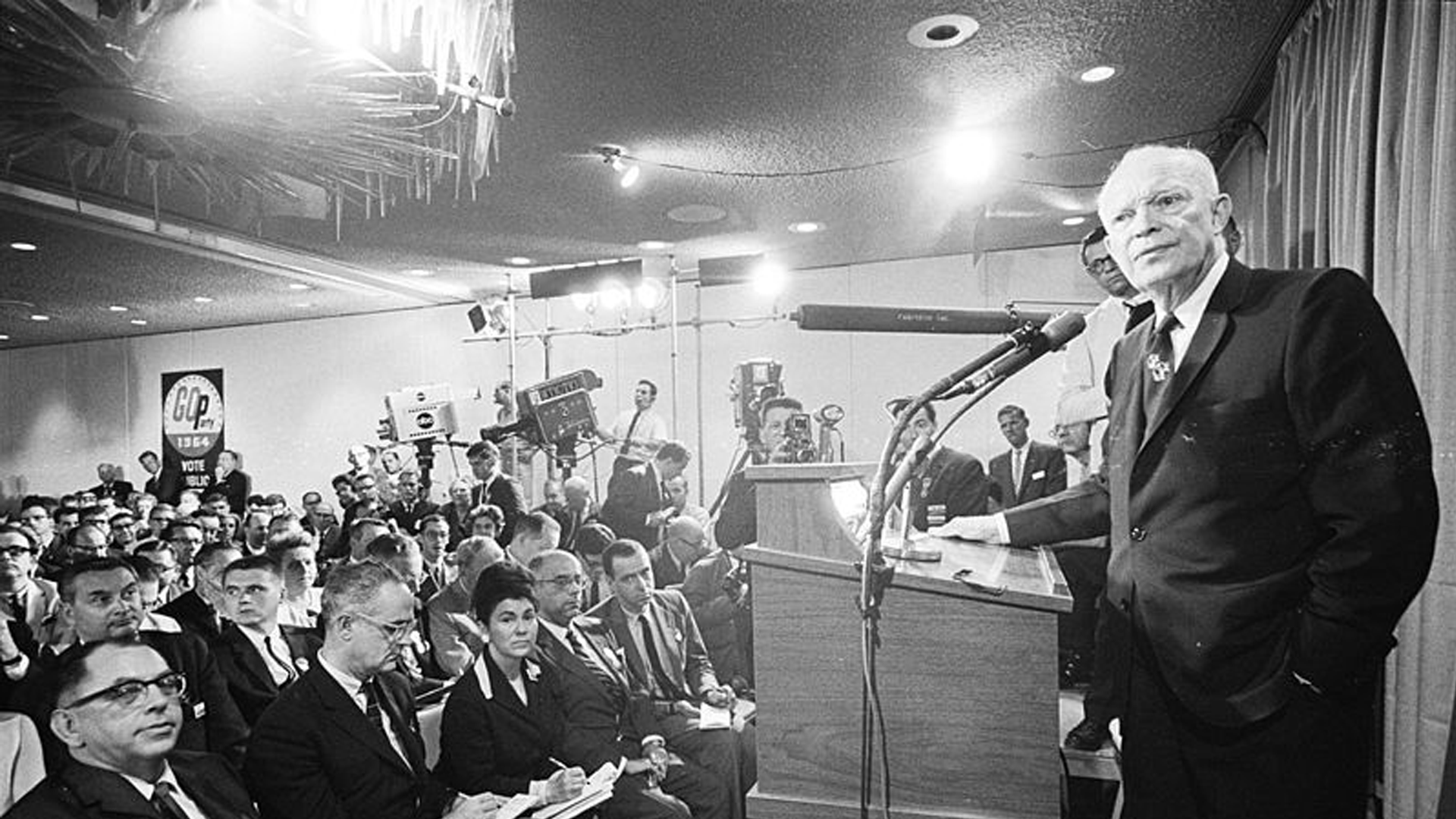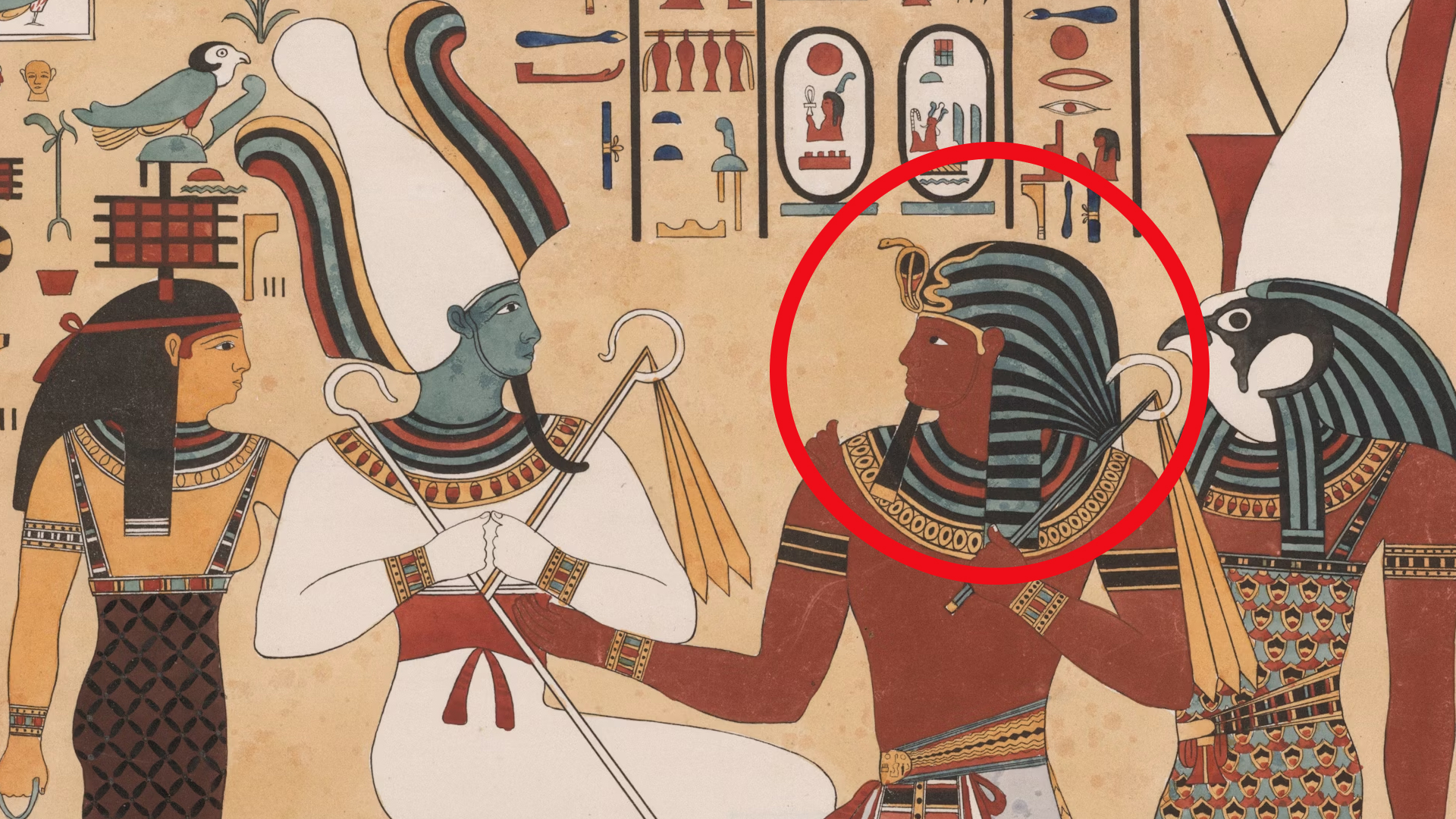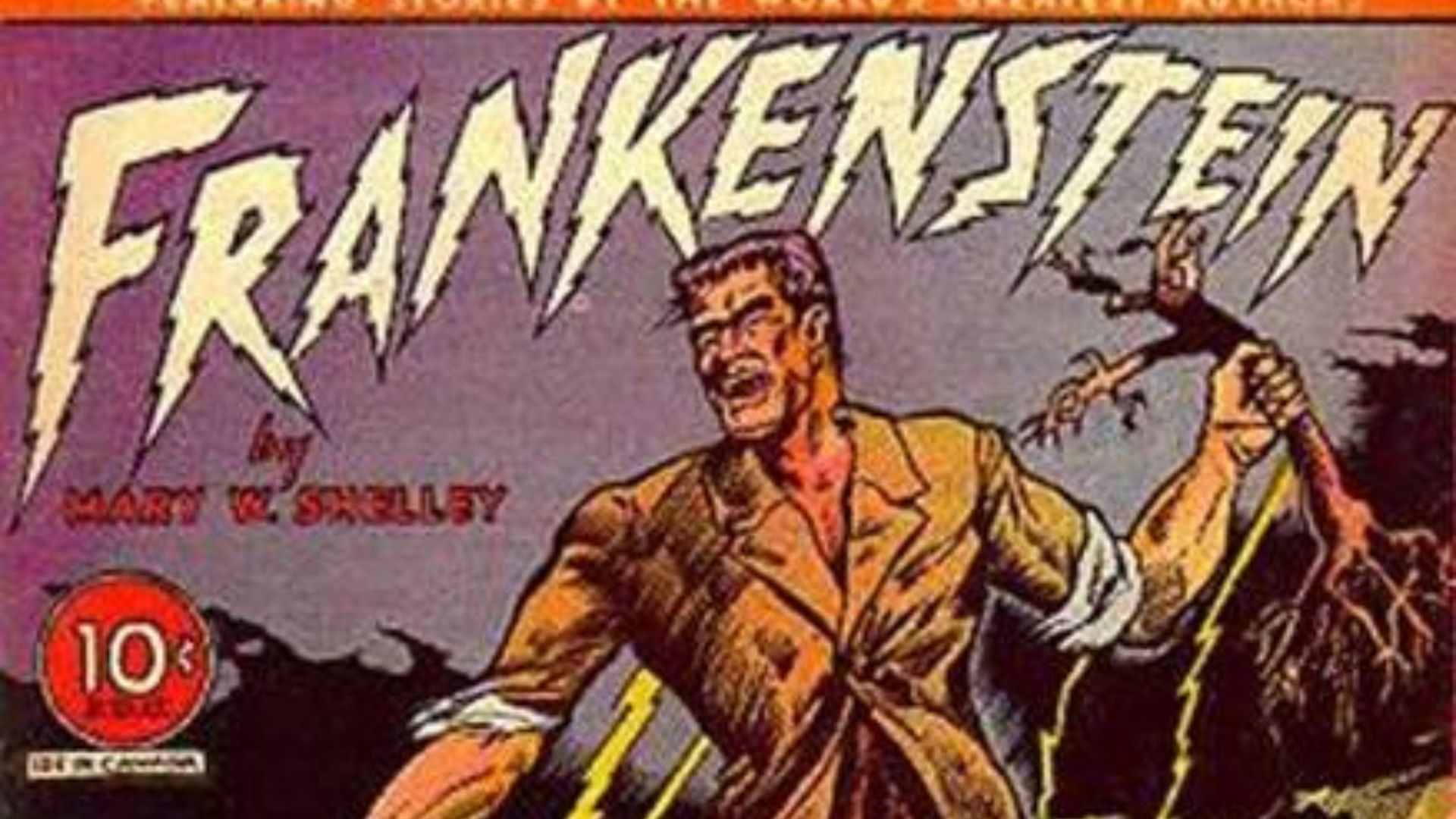How Mary Shelley’s Frankenstein Became Such A Literary Classic
 Author Mary Shelley; publisher Lackington, Hughes, Harding, Mavor & Jones on Wikimedia
Author Mary Shelley; publisher Lackington, Hughes, Harding, Mavor & Jones on Wikimedia
Originally published as The Modern Prometheus in 1818, Mary Shelley's Frankenstein has become a cultural and literary phenomenon for centuries, to a level that she and any publisher would not have predicted. The novel remains universally beloved and widely read, in addition to being taught in schools and adapted repeatedly.
What makes Frankenstein such an enduring classic? Well, its journey from a Gothic experiment by a young woman to a literary behemoth rests on several reasons. Each one illuminates Shelley's brilliance and why the book continues to enthrall readers.
Let's look at three reasons why this novel became a classic and a sensation.
It Explored Multiple Genres in Ground-Breaking Ways
Shelley bridged several genres in writing her masterpiece. She tapped into Gothic horror, romantic literature, and science fiction (which wasn't truly a genre yet). She was influenced by nature, ambition, and romance, and let these elements soak into every word.
Her story also engages with scientific ideas and the dangers that come with some scientific pursuits. She questioned life and creation, which helped fuel the eventual popularity of science fiction. Her ability to cross genres makes the novel consistently relevant and appealing to different types of readers.
Since you can read Frankenstein as a moral tale, or a story of ambition, or a monster story, it invites you to read it and interpret it repeatedly. Even when you read it for the tenth time, it will still feel fresh.
It Poses Deep Moral Questions
Shelley wasn't shy about asking readers what they felt the responsibility of the creator was. Or what is the consequence of ambition overriding empathy?. She confronts existential questions head-on, without glossing over their depth or lack of answers.
The themes in this novel resonate with today's readers as much as they did during Shelley's time. It tackles ethical questions about identity, science, power, parenthood, and exclusion. It's also an interesting take on the concept of the "other". Someone who is cast aside because they don't fit into society.
Frankenstein is rooted in universal questions that make it endearing, relevant, and always up for literary criticism and debate.
Its Cultural Relevance Makes it a Classic.
For a novel to become a classic, it needs merit, a strong reception, thoughtful interpretation and adaptation, and endorsement. This was the case with Frankenstein, as it enjoyed early success, strong stage adaptations long before TV and film were things, and was later rediscovered by feminists and critical scholars.
Its cultural impact can not be understated. Its story, characters, and imagery are widespread and saturated in literature, theater, television, and film. It is always part of public awareness and referenced as much as it is studied in academic circles.
Thanks to merged genres, the profound questions it asks readers to grapple with, and its significant cultural footprint, Frankenstein continuously reinforces its importance. This is not simply a tale of a mad scientist and a vicious monster. It's a human commentary on creation and consequence.
KEEP ON READING

20 Important Names From World War II You Should Know
Key Players From World War II (For Good or Bad).…
By Cathy Liu Nov 7, 2024
Einstein's Violin Just Sold At An Auction—And It Earned More…
A Visionary's Violin. Wanda von Debschitz-Kunowski on WikimediaWhen you hear…
By Ashley Bast Nov 3, 2025
20 Longest Championship Droughts in Sport History
Will the Guardians Ever Win a Championship?. Being a sports…
By Rob Shapiro Nov 12, 2025
The Mysterious "Sea People" Who Collapsed Civilization
3,200 years ago, Bronze Age civilization in the Mediterranean suddenly…
By Robbie Woods Mar 18, 2025
20 Inventors Who Despised Their Creations
Made It… Then Hated It. Inventors often dream big, but…
By Chase Wexler Aug 8, 2025
20 Incredible Items In The British Museum People Say Were…
Mystery In History. The mighty halls of the British Museum…
By Chase Wexler Sep 8, 2025

